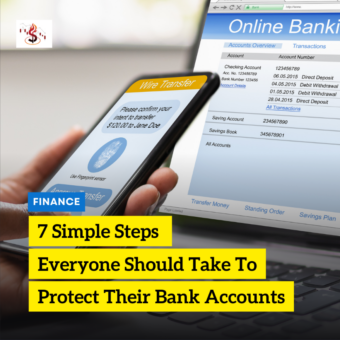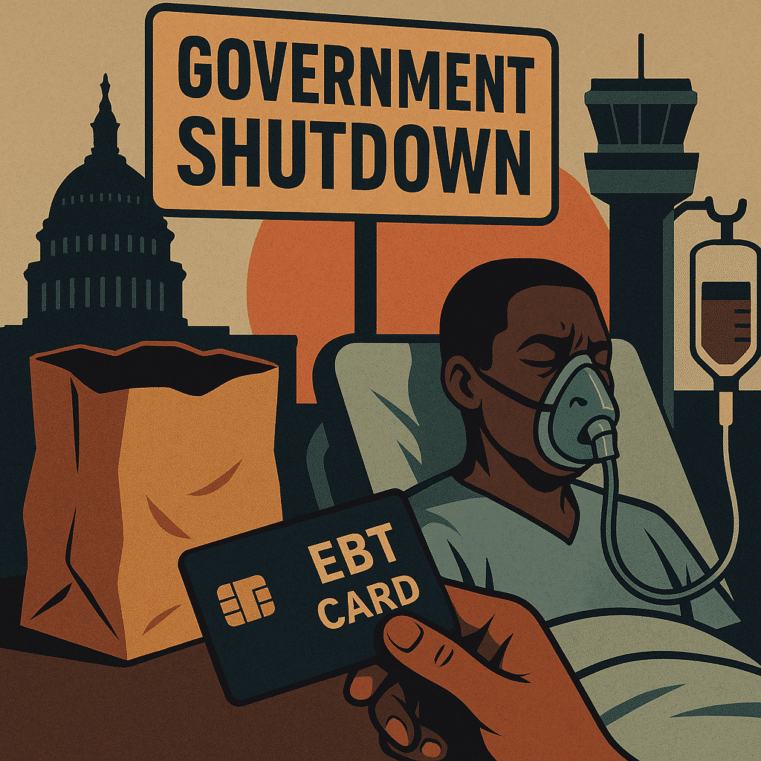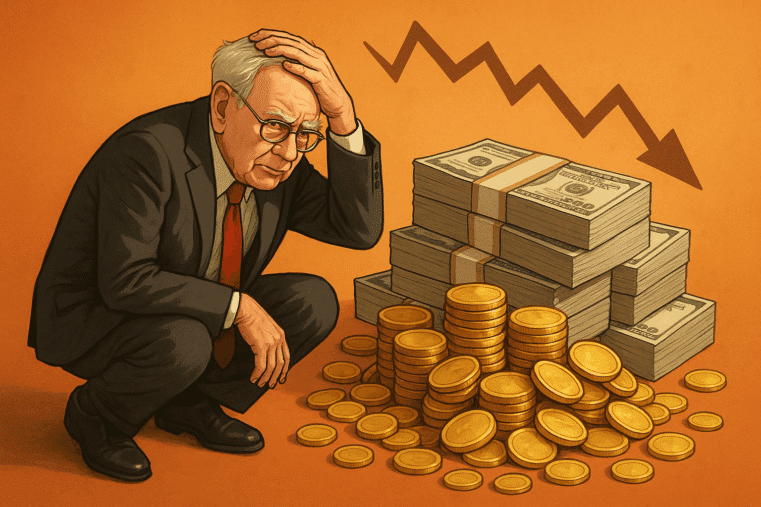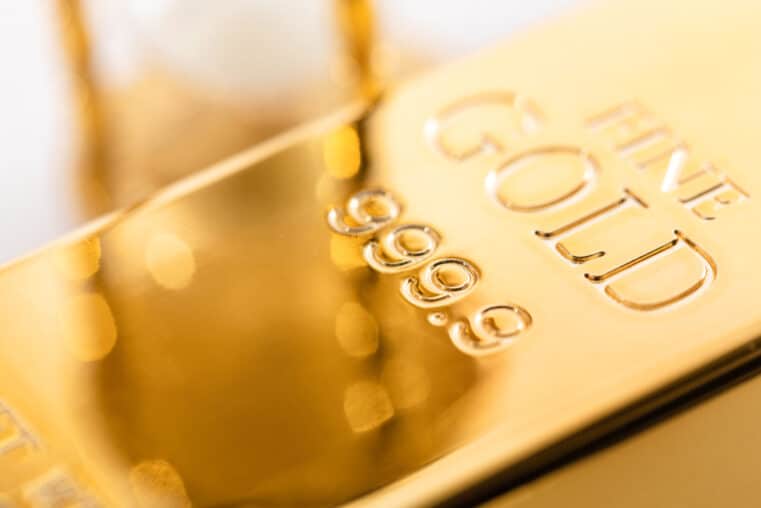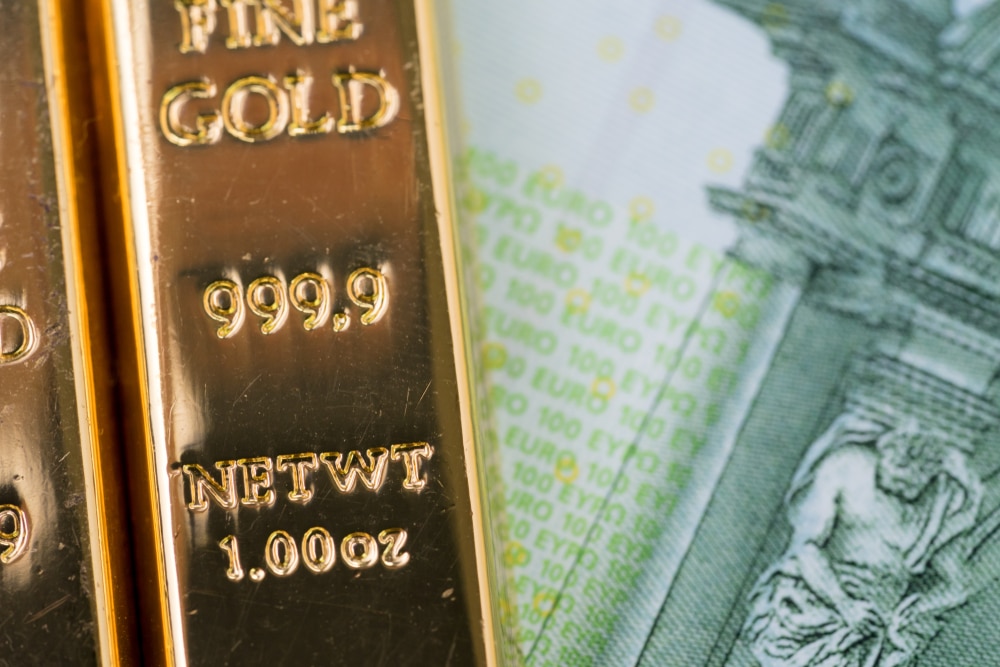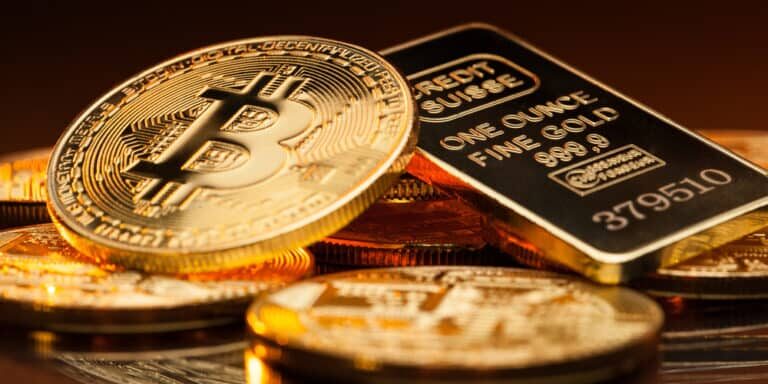
Bitcoin Bounce-Back Is No Substitute for Physical Gold
Bitcoin's Resilience: Real—but Also Virtual
Let’s begin by giving credit where it’s due. The crypto market just experienced a $1.8 billion liquidation event, one of the largest in recent years. Yet Bitcoin is showing signs of recovery already—this in itself is a testament to the asset’s growing maturity and resilience. Klippsten is right: the structural weakening of altcoins only underscores Bitcoin’s relative strength.
But let’s not get caught up in the noise. Yes, the idea of Bitcoin reaching $1 million in the next few years may be technically plausible, especially as fiat currencies continue their global decline and central banks race to debase. But that number is only meaningful if you can access your Bitcoin—and that’s the part no one in the crypto space wants to talk about.
Digital Assets Are Still Dependent on Infrastructure
Bitcoin, like every other crypto asset, is a digital bearer asset. That means it exists in a system entirely reliant on the Internet, electricity, and functioning digital infrastructure. If you lose your password, your hardware wallet is confiscated, or your country simply blocks internet access (as Nigeria and China have done in various degrees), your Bitcoin is effectively frozen.
Ask yourself: What happens when the grid goes down during a cyberattack? What if you’re caught in a geopolitical crossfire or financial lockdown and can’t connect to the blockchain? How useful will your perfectly encrypted cold wallet be then? That’s not fearmongering—that’s situational awareness.
Gold Doesn't Crash Because the Internet Goes Down
This is where physical gold and silver separate from all other assets. They do not rely on servers, logins, or password recovery emails. You hold it, you own it—no counterparty risk, no middleman. While Bitcoin is excellent for moving value across space, gold moves through time—through war, empire collapse, currency resets, and the fall of banking systems.
In fact, while Bitcoin was tumbling, gold was flirting with record highs around $3,800/oz. It didn’t just sit still—it proved its worth, once again, in a moment of financial stress.
The Most Dangerous Assumption in the Crypto Space
The crypto industry’s fatal blind spot is the assumption that the current global infrastructure will always remain stable enough to support it. That’s a dangerous bet.
Look around:
- Cyberattacks on banks are increasing exponentially.
- The SWIFT system is fragmenting, as countries like Russia and China develop their own rails.
- Even the Federal Reserve’s own payment system (FedWire) has gone down multiple times in the past three years.
What happens when a coordinated attack takes down not just a network, but the confidence in entire digital ecosystems?
Bitcoin might be the best form of digital money ever created—but it’s still money that needs the lights on to work.
Your First Line of Defense Isn’t a Password—It’s a Safe
Klippsten sees Bitcoin as the new gold. I see it as a complement to gold—but never a replacement.
If you’re building financial resilience, you need both. Hold Bitcoin, yes. Take custody of it. But never substitute it for tangible, real-world assets like gold and silver that can’t be hacked, regulated out of existence, or digitally erased.
And make no mistake—if you don’t physically own your assets, you are trusting someone else not to fail. We saw what happened with banks during the Silicon Valley Bank collapse. We saw it during the Canadian trucker protests when accounts were frozen on political grounds. If it’s not in your hand or your vault, it’s not really yours.
Take Strategic Action Today
Don’t wait until the system locks you out or the grid goes dark. Download my free ebook, “7 Steps to Protect Your Account from Bank Failure” and learn how to build a firewall around your finances—before it’s too late.
👉 Get the free ebook now
And if you’re serious about staying ahead of the curve, join my Inner Circle—a private network of readers who get the real story behind the headlines. For just $19.95/month, you get direct access to exclusive research, asset protection strategies, and live briefings.
👉 Join the Inner Circle here
Final Thought:
Bitcoin is the canary in the coal mine for fiat collapse. But gold is the bedrock beneath the entire monetary system. When the digital world falters—and it will—those who hold real, physical value will be the ones still standing.
Stack smart. Stack physical. Stay sovereign.
— Bill Brocius
DedollarizeNews.com

